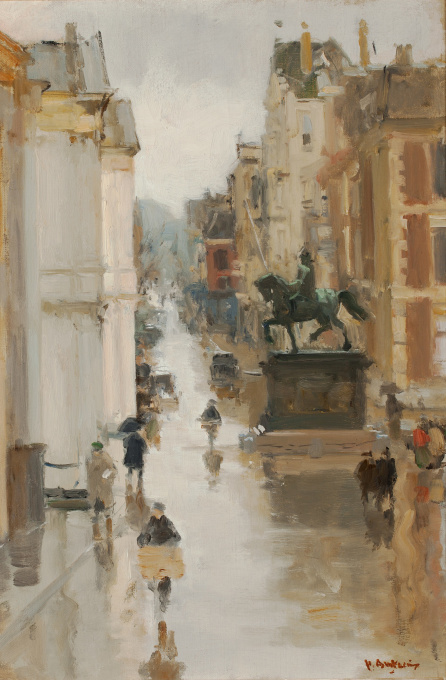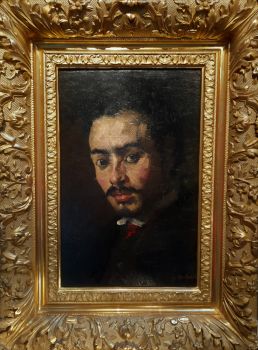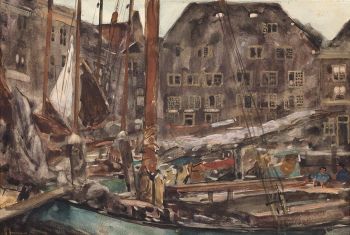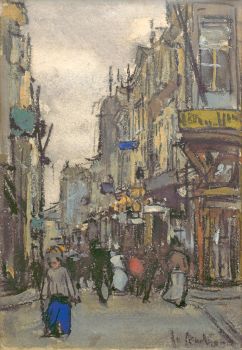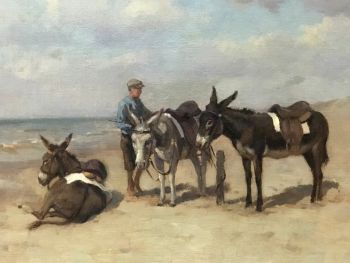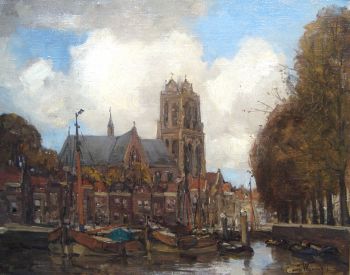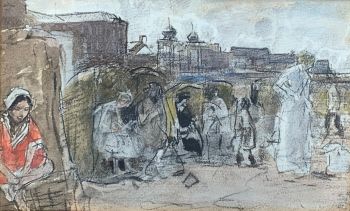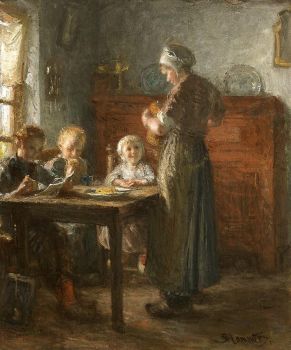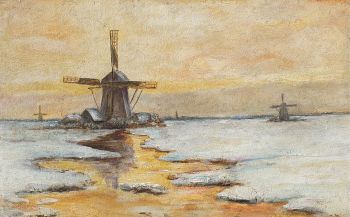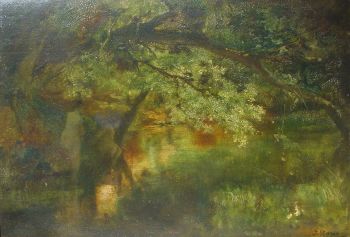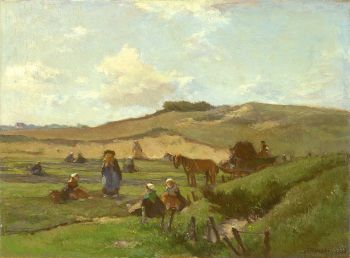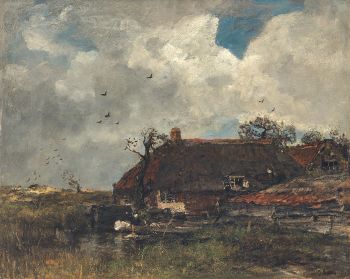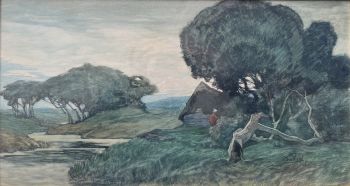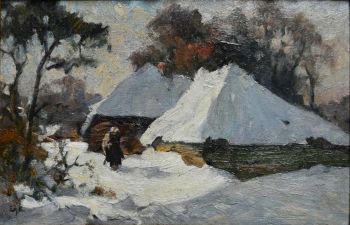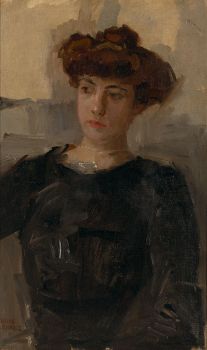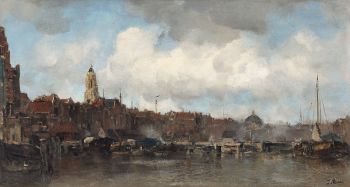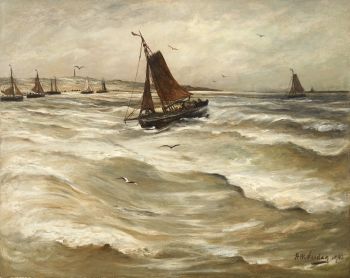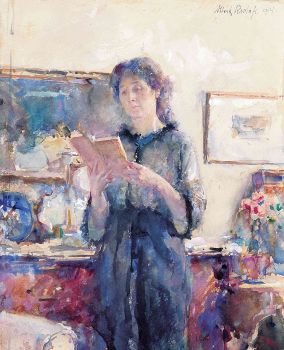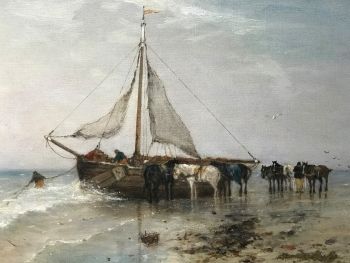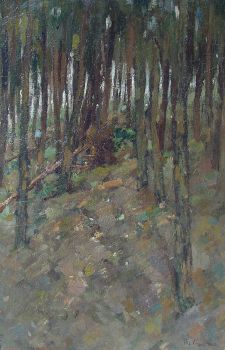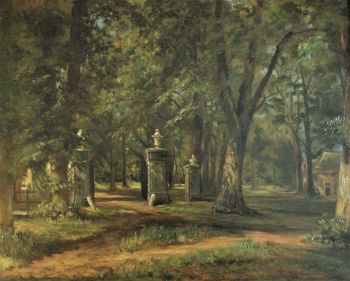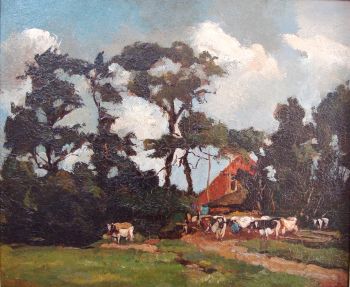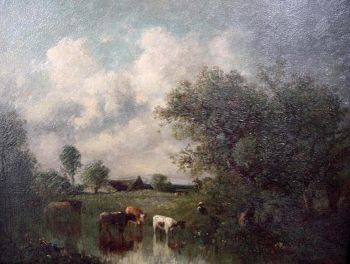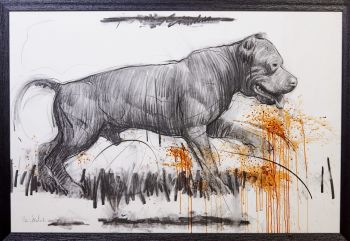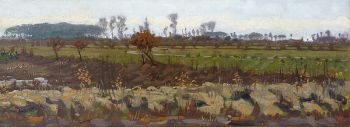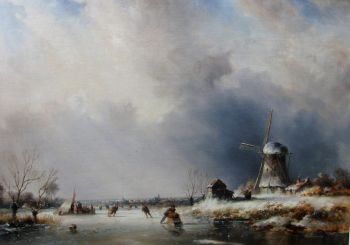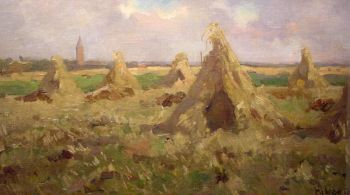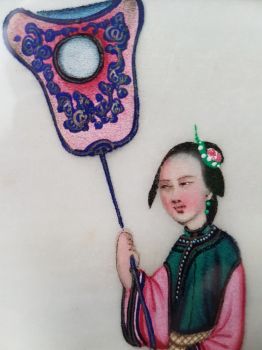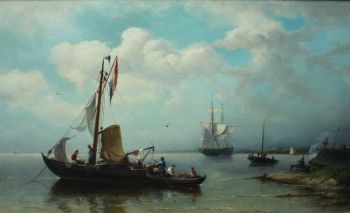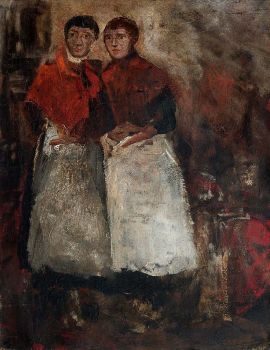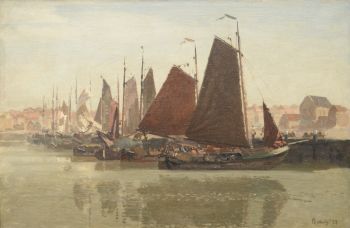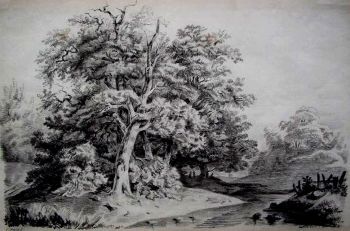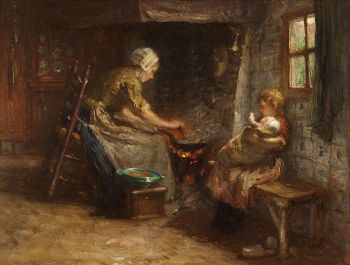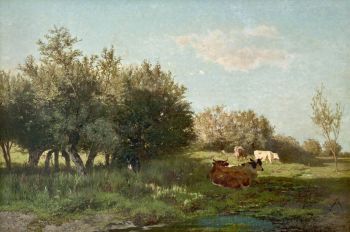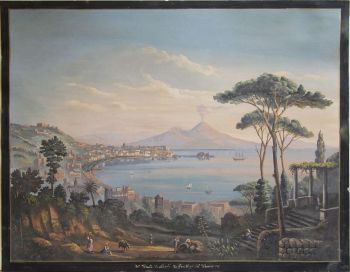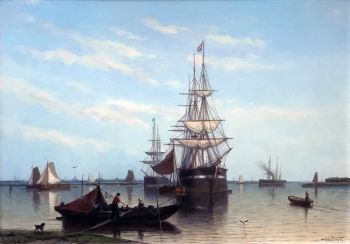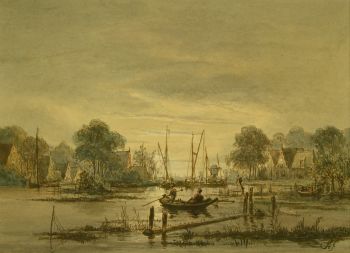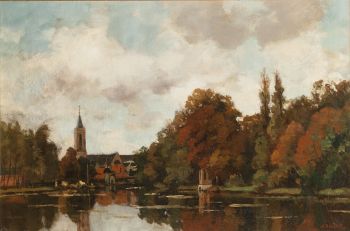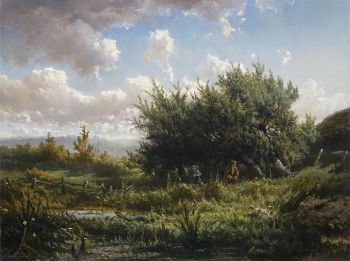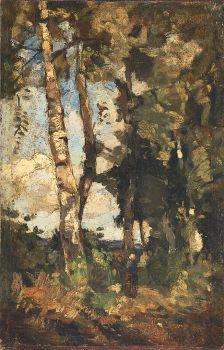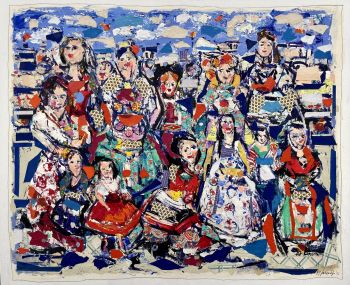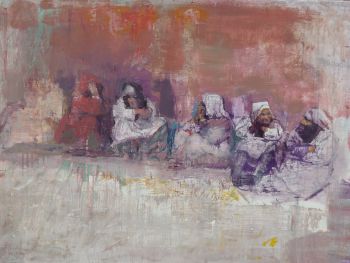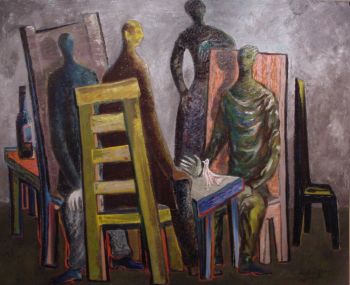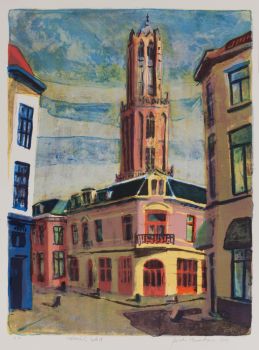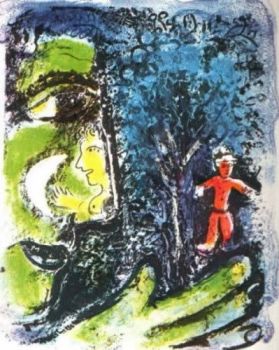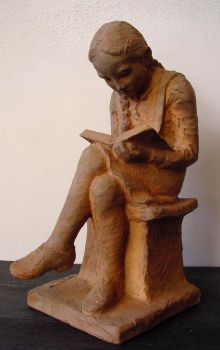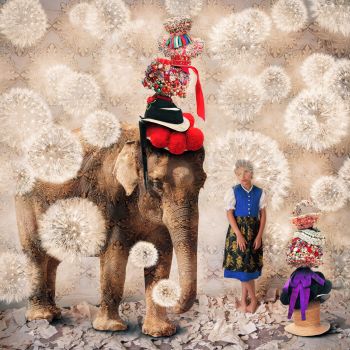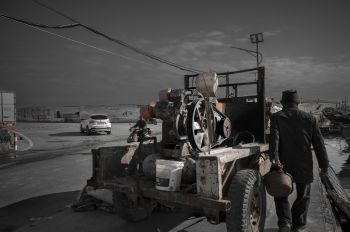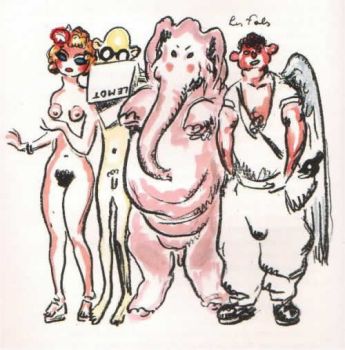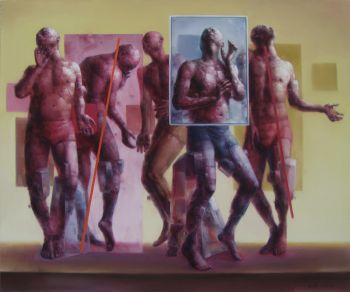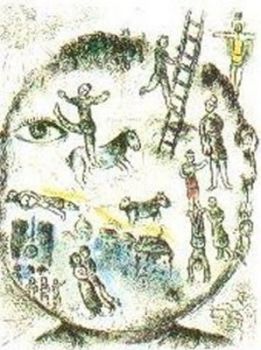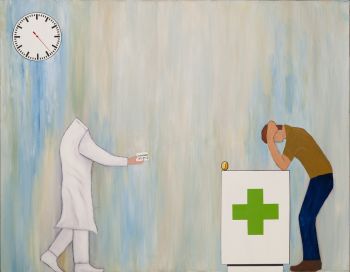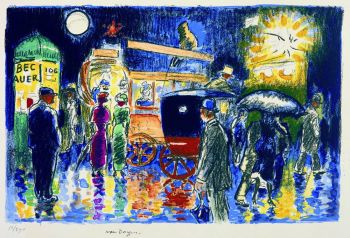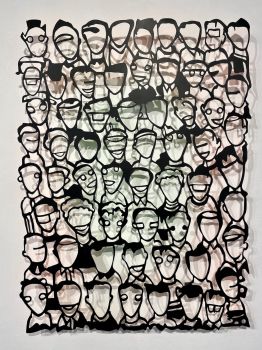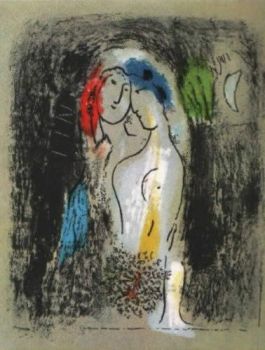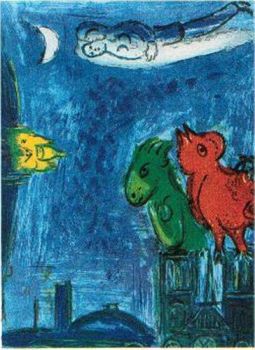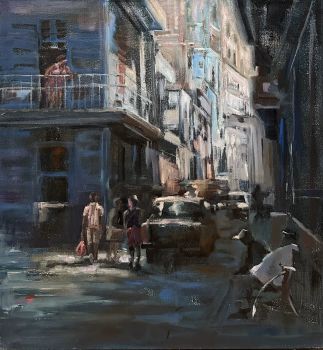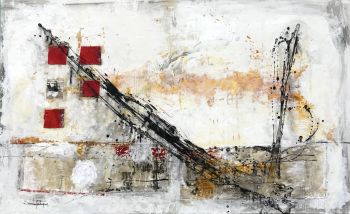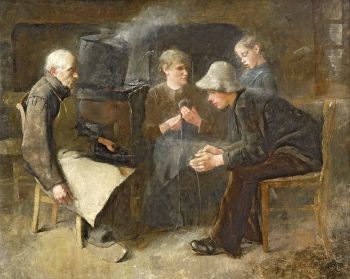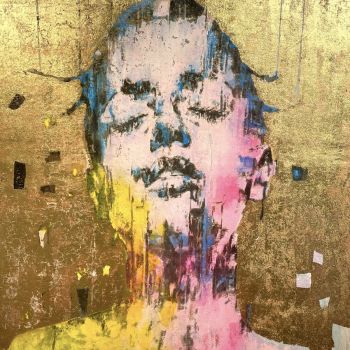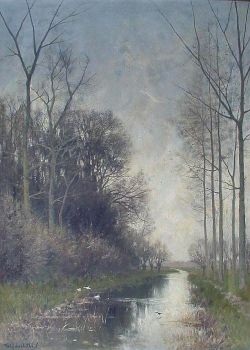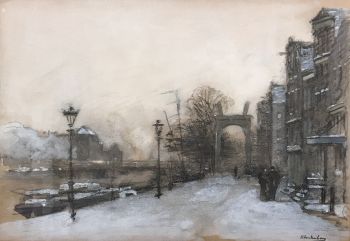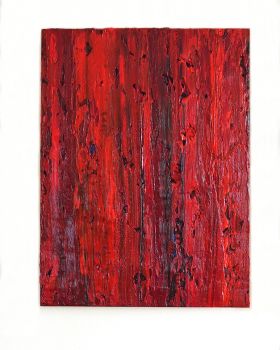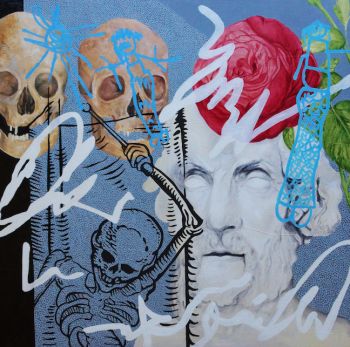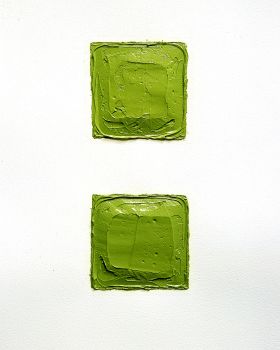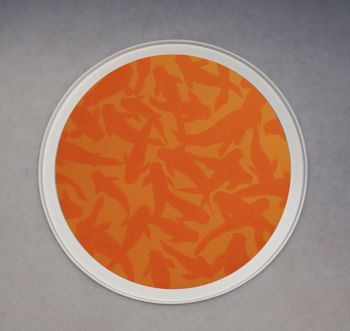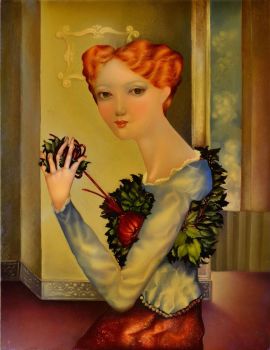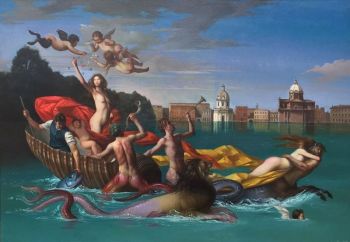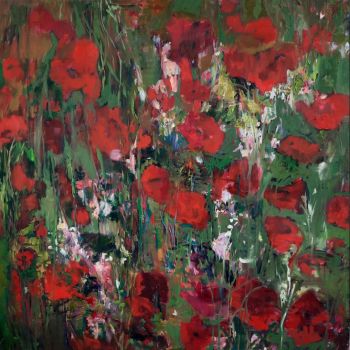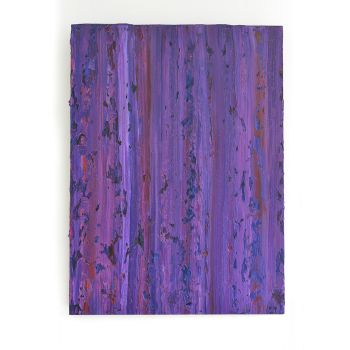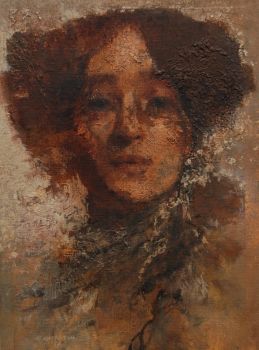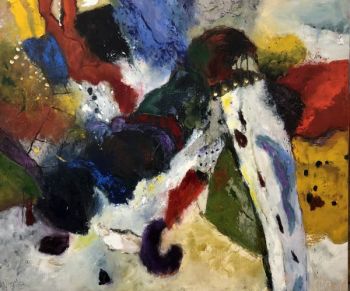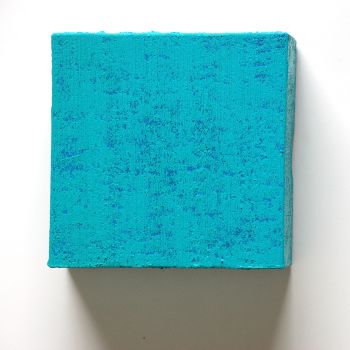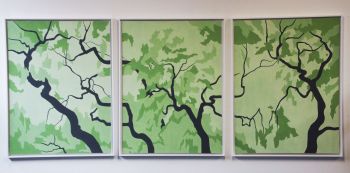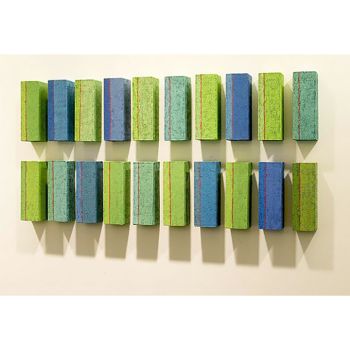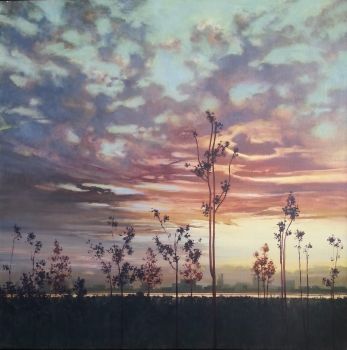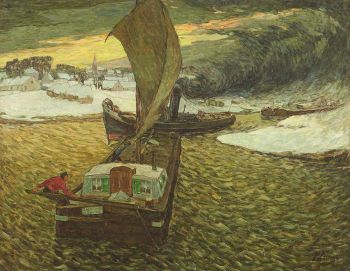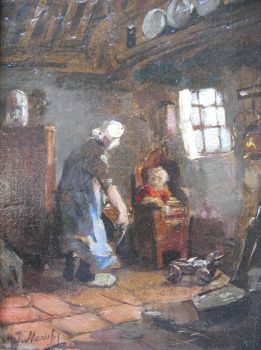A View of the Noordeinde, The Hague 1875 - 1925
Floris Arntzenius
TelaPittura a olioDipingere
47 ⨯ 32 cm
Attualmente non disponibile tramite Gallerease
- A proposito di opere d'arteA view of the Noordeinde, The Hague
Floris Arntzenius (Surabaya 1864-1925 The Hague)
Signed: 'F. Arntzenius' (lower right) | oil on canvas
Pieter Florentius Nicolaas Jacobus Arntzenius (9 June 1864 – 16 February 1925) was a Dutch painter, water-colourist, illustrator and printmaker. He is considered a representative of the younger generation of the Hague School.
In 1882 he became a student of Frederik Nachtweh, under Nachtweh's supervision he gained admission to the Rijksacademie van Beeldende Kunsten. During his time at the Rijksacademie, from 1883 to 1888, his teachers included August Allebé and Barend Wijnveld, and amongst his fellow students were Isaac Israëls, George Breitner, Willem Witsen and Jan Veth. After his studies in Amsterdam he spent another two years at the Koninklijke Academie voor Schone Kunsten in Antwerp, studying under Charles Verlat.
Arntzenius was an accomplished artist. During his first years in The Hague, he painted landscapes in the typical Hague School style. Arntzenius later switched to mainly painting cityscapes and street scenes, just like Israëls and Breitner made in Amsterdam. Arntzenius' cityscapes were painted mainly in misty or rainy weather, he made use of these weather conditions to have his subjects be reflected on the wet asphalt.
This painting is a great example of his skills and shows he was a true master of the The Hague city views. - A proposito di opere artistaFloris Arntzenius si è formato alla Rijksacademie di Amsterdam, insieme a Isaac Israels, Willem Witsen e G.H. Breitner, di cui ammirava enormemente lo stile pittorico impressionista. Dopo un ulteriore anno di studi presso l'Accademia d'arte di Anversa, il pittore si concentrò sulla realizzazione di paesaggi e scene di città. Ha ottenuto un vero successo con il suo lavoro solo quando si è trasferito a L'Aia e ha iniziato a dipingere impressioni spontanee della vita frenetica della città, preferibilmente in condizioni di nebbia o pioggia. Dipinse anche paesaggi, spiagge con figure e ritratti.
Artwork details
Categoria
Soggetto
Stile
Materiale e Tecnica
Colore
Related artworks
- 1 - 3 / 3
Johannes Evert Akkeringa
'Nettenboetsters' in the Dunes1861 - 1942
Preço em pedidoStudio 2000 Art Gallery
Aris Knikker
Riverview with a village (Kortenhoef, Netherlands)1887 - 1962
Preço em pedidoKunsthandel Pygmalion
Isaac Israels
"Een essayeuse bij het modehuis Hirsch"1865 - 1934
Preço em pedidoStudio 2000 Art Gallery
Willem Maris
Polderlandschap met koeien en molens op warme zomerdag1880 - 1890
Preço em pedidoPrivate Collection Classic Arts
1 - 4 / 24Bernardus Johannes Blommers
Het bereiden van de maaltijd1870 - 1914
Preço em pedidoStudio 2000 Art Gallery
1 - 4 / 24Klaas II Mobach
Hanna Mobach, daughter of the sculptor Klaas Mobach, reading1950 - 1970
Preço em pedidoKunsthandel Pygmalion
1 - 4 / 24Fredericus Jacobus van Rossum du Chattel
Poldervaart in the Vecht river region1899 - 1901
Preço em pedidoKunsthandel Pygmalion
1 - 4 / 24

